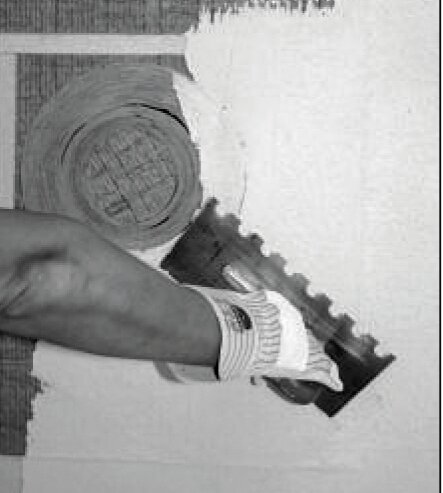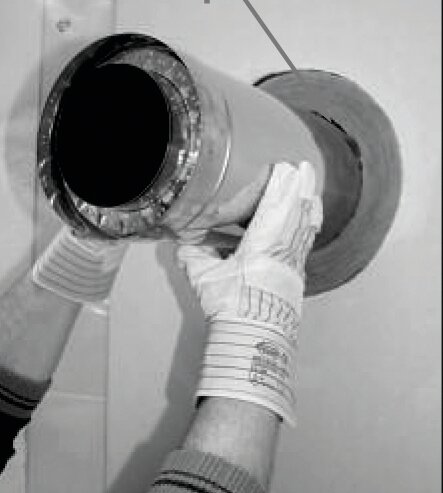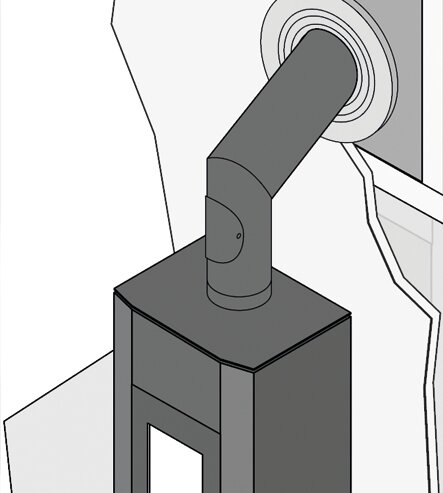IMPORTANT! Window and door lintels and their support areas, as well as other bearing elements must not be weakened! In case of uncertainty consult a structural engineer.
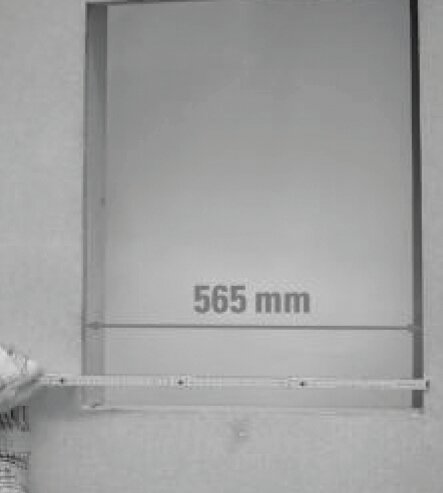
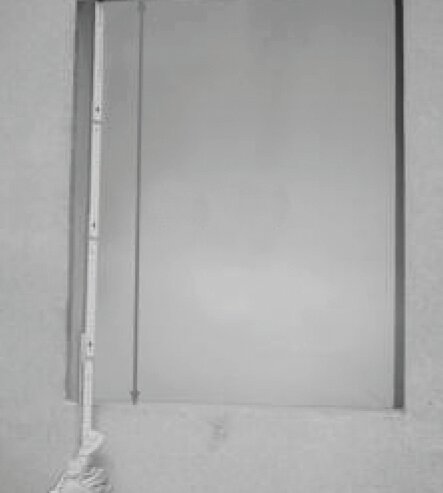
TIP The dimensions of the IGNIS- PROTECT wall bushings have already been matched to the standard centre-to-centre dimensions of wooden stud walls!
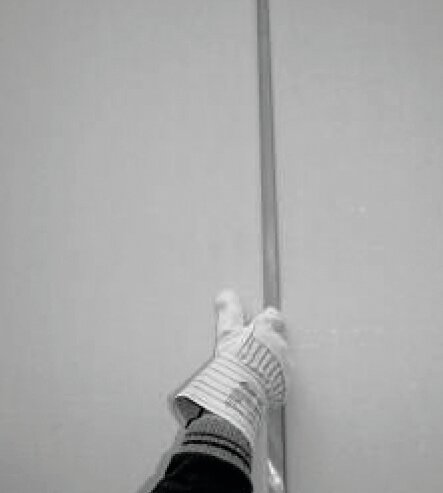
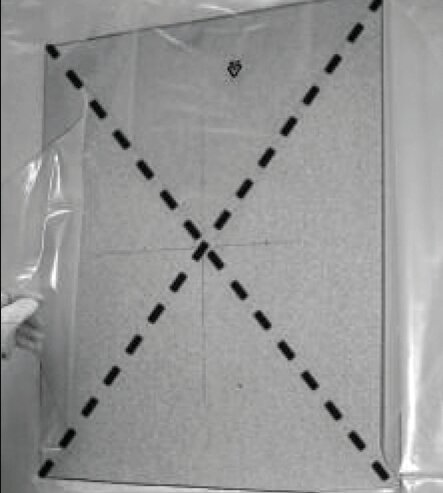
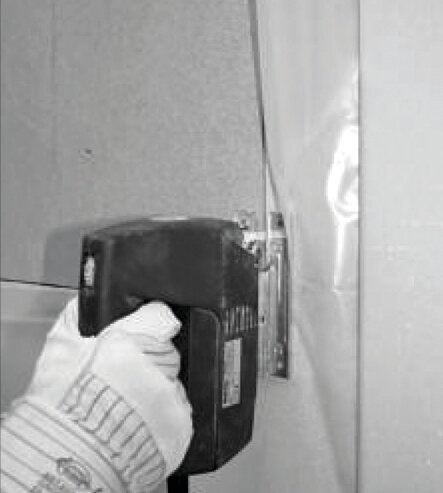
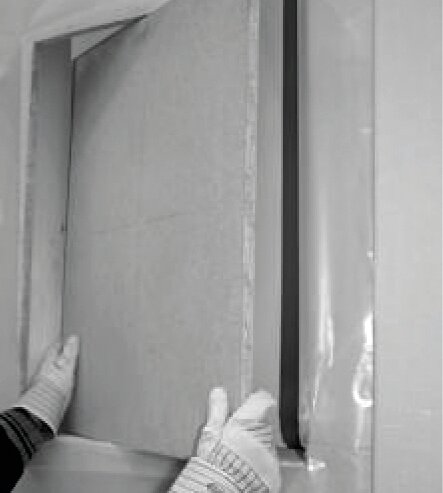
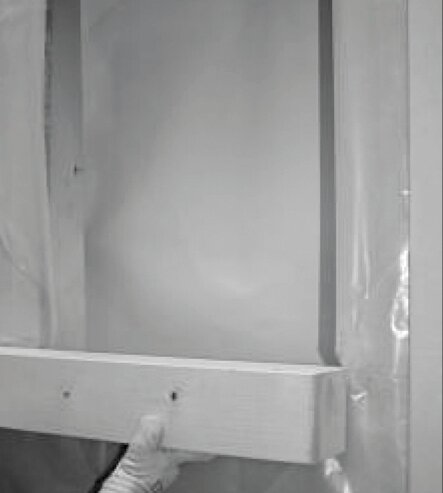
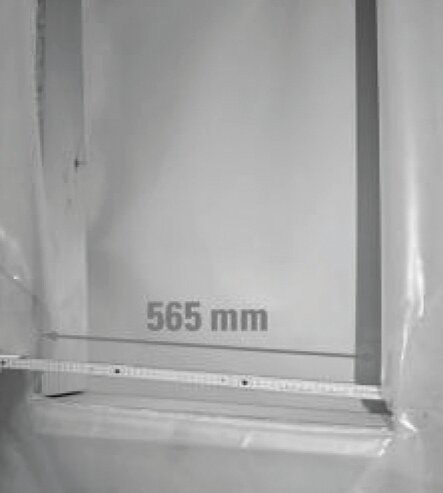

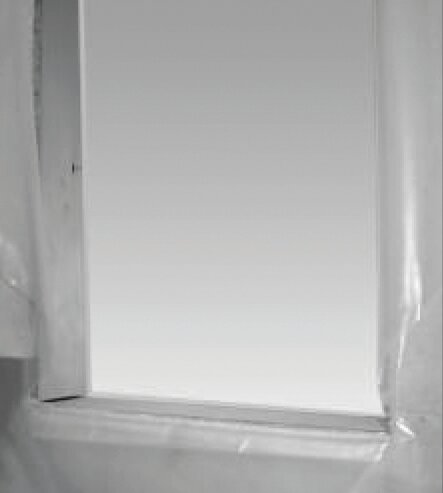
TIP No gaps should be left in the studwork or the surrounding thermal insulation!

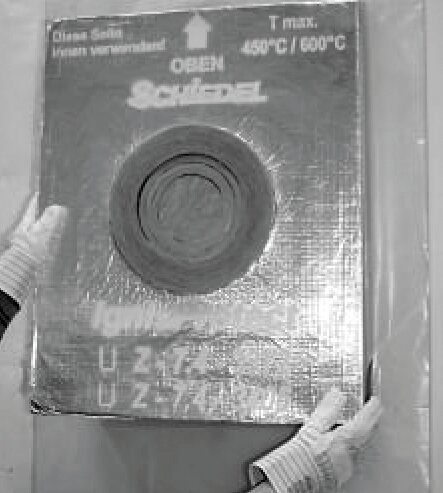
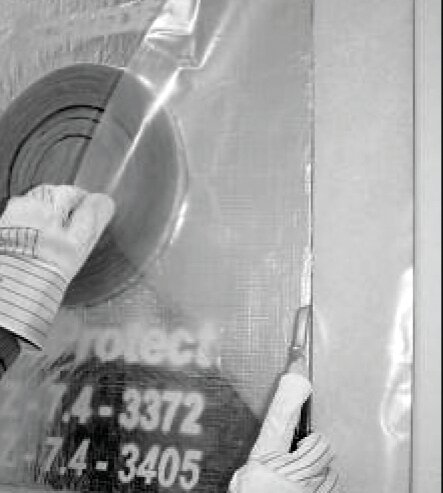
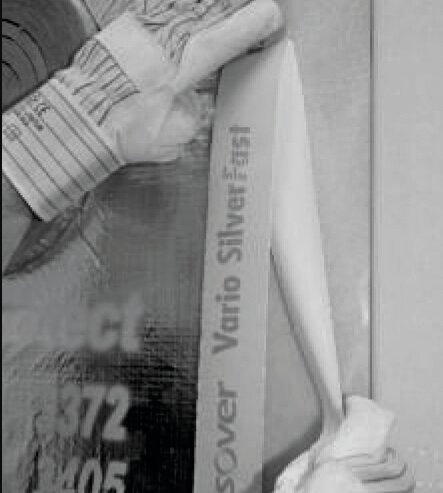
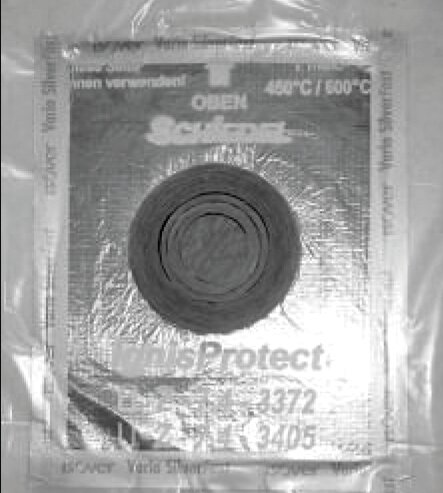
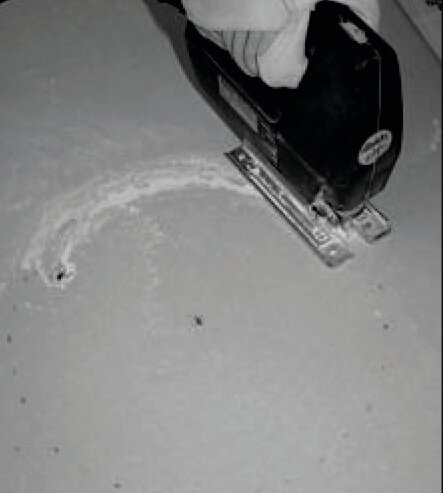

TIP The Ignis-Protect inner protection pipe and the outer protection pipe are basically designed for 24mm wall planking!

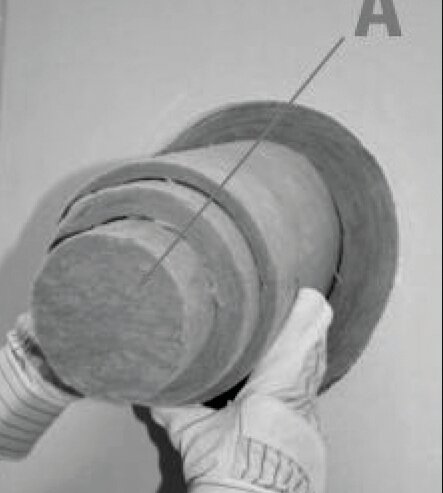
TIP The inner protection pipes and the assembly cap (A) remain in place until the stove connection pipe is in its final position in the Ignis-Protect.
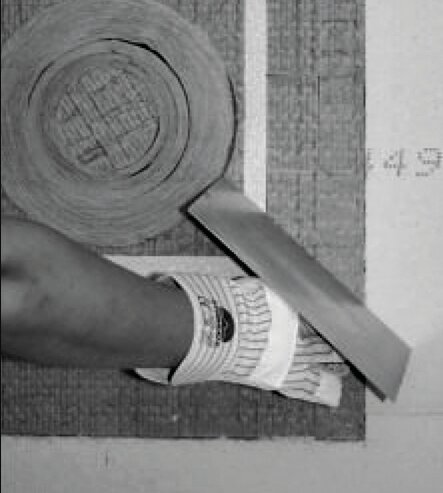
TIP No gaps should be left in the studwork or the surrounding thermal insulation!
